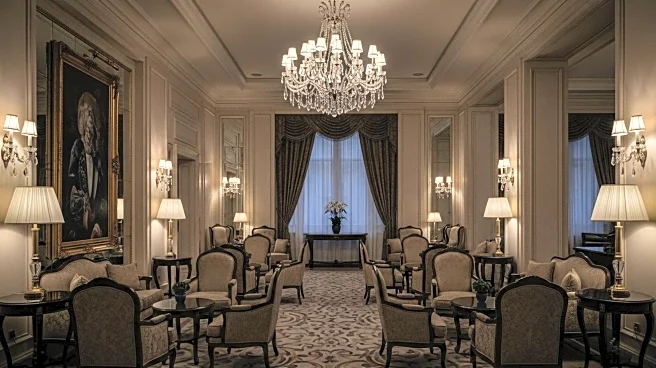What's Happening?
The concept of chain scale in the hotel industry is a critical benchmarking tool that influences guest expectations, investor underwriting, brand requirements, and operational strategy. Chain scale categorizes hotels into six classes: luxury, upper upscale, upscale, upper midscale, midscale, and economy, based on average daily rates and amenities offered. Moving between these scales can affect a hotel's brand equity, pricing power, and institutional appeal. However, higher chain scales like luxury and upper upscale often have lower internal rates of return (IRR) due to high capital intensity and sensitivity to demand fluctuations. In mature markets such as San Francisco, luxury hotels may have an IRR of 8.65%, while midscale and economy hotels offer higher IRRs above 11.5%, albeit with higher risks tied to operational volatility or location specifics.
Why It's Important?
Understanding chain scale dynamics is crucial for hotel developers and investors as it provides a framework for aligning development costs, brand standards, and revenue potential. Higher chain scales offer stronger brand equity and pricing power but require significant capital investment and are more sensitive to market fluctuations. Investors rely on chain scale definitions to make informed decisions about their investments, while hotels use real-time benchmarking tools to track rate changes and amenity offerings. Strategic repositioning within or across chain scales can occur during brand conversions, renovations, or asset repositioning events, impacting the hotel's competitive positioning and financial performance.











